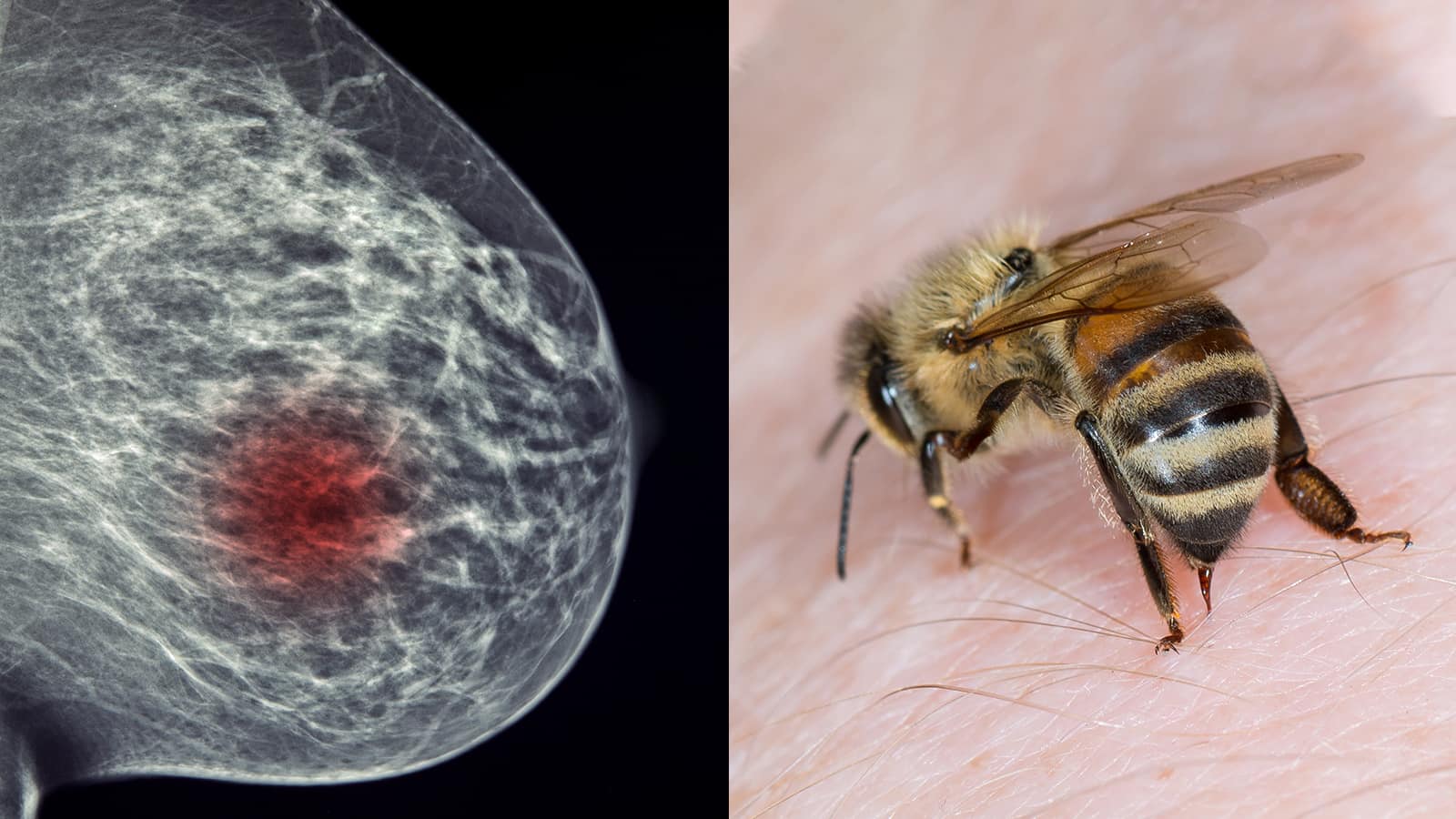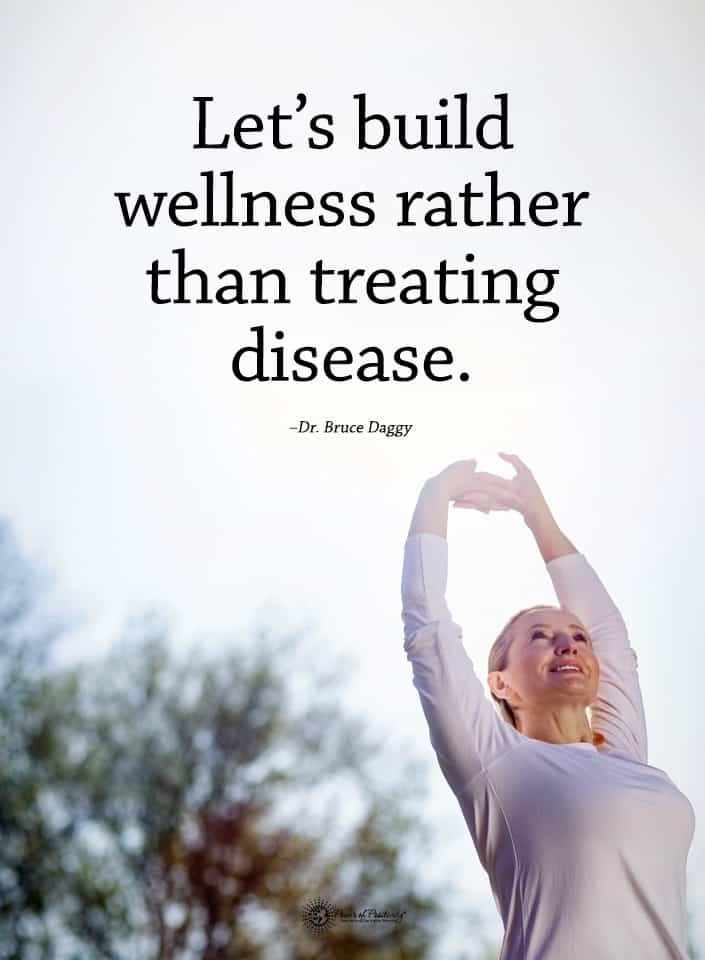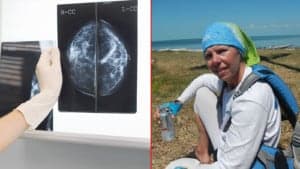Who knew that one day the honeybee would have such a significant impact on breast cancer research? Scientists have recently found that the venom from these cute little creatures can destroy breast cancer cells. Dr. Ciara Duffy and her colleagues from the Harry Perkins Institute of Medical Research tested the toxin on the clinical subtypes of breast cancer. They included triple-negative breast cancer in their study, which has few treatment options.
The break-through study
Researchers used venom from 312 honeybees and bumblebees in Perth, Western Australia, Ireland, and England. Dr. Duffy said that the team wanted to investigate what effects honeybee venom and melittin would have on breast cancer cells. Published in the journal npj Precision Oncology, the study revealed that honeybee venom and its major component melittin, rapidly destroyed triple-negative breast cancer. It also discovered suppressed growth factor receptor activation in HER2-enriched breast cancer cells.
“No-one had previously compared the effects of honeybee venom or melittin across all of the different subtypes of breast cancer and normal cells,” Dr. Duffy said. “We tested honeybee venom on normal breast cells, and cells from the clinical subtypes of breast cancer: hormone receptor-positive, HER2-enriched, and triple-negative breast cancer.”
“We tested a very small, positively charged peptide in honeybee venom called melittin, which we could reproduce synthetically, and found that the synthetic product mirrored the majority of the anti-cancer effects of honeybee venom.”
The study went on to say the following:
“We found both honeybee venom and melittin significantly, selectively and rapidly reduced the viability of triple-negative breast cancer and HER2-enriched breast cancer cells.”
Dr. Duffy said that the honeybee venom had a high potency, able to induce 100% cancer cell death. Even more importantly, venom minimally affects normal cells, unlike treatments such as chemotherapy. The research found that melittin destroyed cancer cell membranes in sixty minutes or less. Also, within twenty minutes, melittin significantly reduced the chemical messages of cancer cells, which caused cell growth and division.
They studied how bee venom and melittin affected cancer signaling pathways, which send messages to cancer cells. Typically, the messages call for cell growth and reproduction, but the venom quickly shuts down the signaling pathways.
“Melittin modulated the signaling in breast cancer cells by suppressing the activation of the receptor that is commonly overexpressed in triple-negative breast cancer, the epidermal growth factor receptor, and it suppressed the activation of HER2 which is over-expressed in HER2-enriched breast cancer,” Duffy said.
Dr. Duffy also tested to see if melittin could work with existing chemotherapy drugs. Melittin forms pores in breast cancer cell membranes, which would enable the entry of other treatments into cells.
The outcome
“We found that melittin can be used with small molecules or chemotherapies, such as docetaxel, to treat highly-aggressive types of breast cancer. The combination of melittin and docetaxel was extremely efficient in reducing tumor growth in mice.”
Dr. Duffy began her research by collecting Perth honeybee venom, as these bees have some of the best health in the world. She put the bees to sleep using carbon dioxide and kept them on ice before pulling the venomed barb from the abdomen. Researchers extracted the venom by dissection.
Although 20,000 species of bees exist, Duffy wanted to focus on the Perth, Ireland, and England bees specifically. She said these bees produced almost the same effects in breast cancer compared to normal cells. Bumblebee venom did not affect cancer cells even at high concentrations, so researchers used only honeybees.
The therapeutic use of bee venom dates back to the 1950s when researchers found that it reduced the growth of tumors in plants. In the past two decades, scientists have wanted to expand research into the effects of honeybee venom on types of cancers. In the future, scientists will have to study the optimum delivery method for melittin further. Maximum dosages and potential toxicities will also have to be assessed.
Symptoms of breast cancer
According to the Centers for Disease Control and Prevention (CDC), these are the most common symptoms of breast cancer:
- Finding a new lump in the breast tissue or armpit area.
- The thickening or swelling of any part of the breast.
- Any irritation or dimpling of the breast’s skin.
- Redness or signs of flaky skin in the nipple area or the breast.
- Pulling in of the nipple or any discomfort in the nipple area.
- Nipple discharge other than breast milk, including blood.
- Any change to the shape, profile, or size of the breast.
- Pain in any area of the breast.
Please keep in mind that these warning signs can occur due to other reasons besides breast cancer. However, see a doctor just in case, especially if symptoms worsen.
Causes of breast cancer
Breast cancer occurs when some cells grow abnormally. While some people have a higher genetic risk of developing breast cancer, lifestyle, hormonal and environmental factors also play a role. Doctors estimate that only 5 to 10 percent of breast cancers occur due to inherited genes. If you have a family history of breast cancer, your doctor may recommend a blood test to identify mutations in specific genes.
Other possible risk factors for breast cancer include the following:
Being female.
Women have a much higher likelihood of developing breast cancer than men. Only one in a thousand men develop it, but 1/8th of all women in the U.S. will get a diagnosis in their lifetime.
Increasing age.
As you age, the risk of development increases.
A personal history of breast conditions.
If you’ve had other breast conditions, such as an overgrowth of cells (hyperplasia), this can increase your cancer risk.
A personal history of breast cancer.
If you have had this previous diagnosis in one of your breasts, it increases your chances of developing it in the other.
Inherited genes that increase cancer risk.
Specific gene mutations from parents to children increase the risk of developing breast cancer. The most well-known gene mutations linked to cancer are BRCA1 and BRCA2. While having these genes doesn’t guarantee cancer, it can significantly increase the likelihood.
Radiation exposure.
Breast cancer chances increase if you’ve been exposed to radiation on your chest as a child or young adult.
Obesity.
Obesity increases your chances of breast cancer due to higher estrogen levels. Extra estrogen can make hormone-receptor-positive breast cancers develop and grow.
Beginning your menstrual period at a younger age.
Starting your period before age 12 increases your risk of breast cancer.
Beginning menopause at an older age.
If you began menopause past age 55, you are more likely to develop breast cancer.
Having your first-born child at an older age.
Those women who give birth to their first child after age 30 may face an increased chance of having breast cancer.
Having never been pregnant.
Women who were never pregnant have a greater chance of breast cancer than those who have had pregnancies.
Postmenopausal hormone therapy.
Women who utilize hormone therapy medications that combine estrogen and progesterone to treat symptoms of menopause have an increased risk of breast cancer.
Drinking alcohol.
Drinking alcohol increases the risk of breast cancer.
Having dense breasts.
High breast density, or having a lot of fibrous and glandular tissue, increases the risk of breast cancer two-fold. This makes seeing cancer on a mammogram harder because it can blend in with normal tissue.
Preventing breast cancer
- Ask your doctor about breast cancer screening
- Do self-exams at home to check for any abnormalities. Even if you don’t have a family history of breast cancer, doing self-exams is always good practice. Check for any lumps, bumps, or any other abnormalities. Lumps are normal, but you may want to see a doctor if you discover any new or large spots.
- Limit or stop alcohol consumption. Have only one glass of alcohol daily if you choose to drink, as this increases the risk of breast cancer.
- Exercise most days of the week. Aim for at least thirty minutes of exercise at least three or four times per week. Make sure to do resistance training as well as aerobic exercise.
- Limit postmenopausal hormone therapy. Combination hormone therapy may increase the risk of breast cancer. Talk with your doctor about the benefits and risks of hormone therapy.
- Maintain a healthy weight. If your weight is healthy, try to maintain it with diet and exercise. If you need to lose weight, eat fewer calories than you burn and exercise at least 3-4 days a week.
- Eat a healthy diet. Eating healthy fats like olive oil or oily fish like salmon prove to decrease the risk of breast cancer. Be sure you always eat plenty of fruits, veggies, nuts, grains, and seeds. Keep meats to a minimum.
 Final thoughts on honeybee venom for breast cancer treatment
Final thoughts on honeybee venom for breast cancer treatment
Although studies have just begun regarding bee venom for breast cancer, results have been promising. The study referenced above found a significant reduction in cancer cells from honeybee venom and a melittin component. Also, eating a healthy diet, exercising, avoiding alcohol and smoking, and doing self-exams at home can prevent breast cancer.




















